What’s Lurking in Your Air Vents?
Air vents, often overlooked and underappreciated, serve as the lungs of your home, quietly circulating air throughout your living spaces. Yet, behind their unassuming grilles lies a hidden world teeming with secrets that can significantly impact your home's environment. This article embarks on a journey to uncover the top 10 secrets lurking in your air vents, revealing their implications for your space. From health concerns to energy efficiency, each section delves into a unique aspect, painting a comprehensive picture of why these concealed components deserve more attention. Join us as we peer into the shadows and unveil the mysteries of your air vents.
1. Dust and Allergens: The Unseen Culprits

One of the most prevalent secrets hiding in your air vents is the accumulation of dust and allergens. Over time, particles from outside air, skin cells, and pet dander settle in your ductwork, creating a breeding ground for allergens. This buildup can exacerbate allergies and respiratory issues, especially for sensitive individuals. Regular cleaning and maintenance of air vents can significantly reduce these health risks. By understanding the types of particles that accumulate and their sources, homeowners can take proactive steps to improve indoor air quality, ensuring a healthier living environment for all occupants.
2. Mold and Mildew: The Silent Invaders
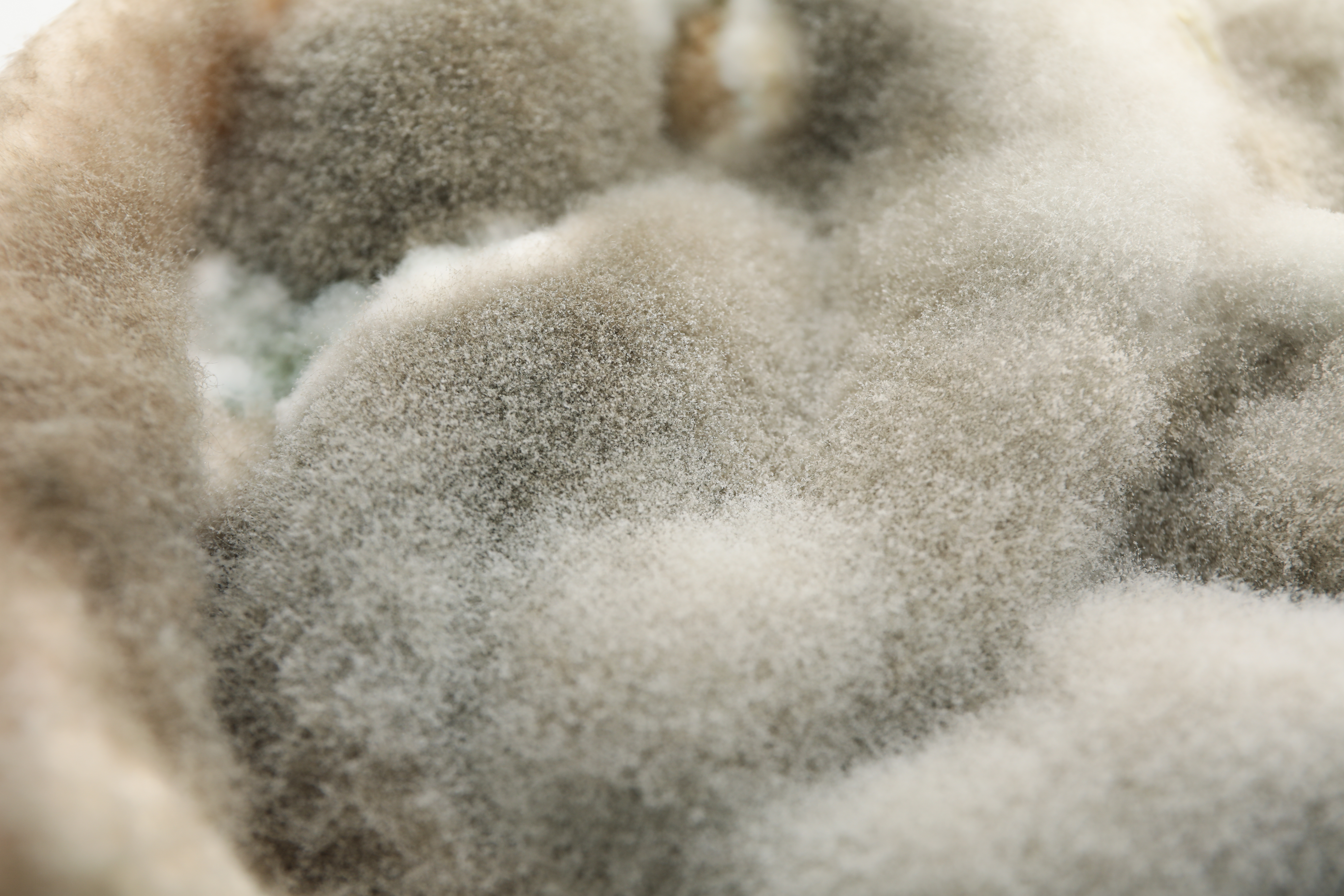
Mold and mildew thrive in dark, moist environments, making air vents a potential hotspot for these unwanted invaders. When moisture from humid air or leaks in the ductwork finds its way into the vents, it creates an ideal setting for mold growth. This not only affects air quality but can also spread spores throughout your home, leading to potential health hazards. Identifying the presence of mold early on is crucial, as prolonged exposure can lead to respiratory issues and other health complications. Regular inspections and moisture control are vital in preventing mold from taking hold in your ventilation system.
3. Pest Infestations: The Unwelcome Guests

Air vents can inadvertently become a gateway for pests seeking shelter within your home. Rodents, insects, and other small creatures can find their way into ductwork, leaving behind droppings and debris that compromise air quality. These infestations can also lead to structural damage and increase the risk of disease transmission. Sealing entry points and maintaining a clean, clutter-free environment around vents can deter these unwelcome guests. Understanding the signs of pest activity and taking swift action can safeguard your home from the myriad problems pests can introduce through your air vents.
4. Energy Efficiency: The Hidden Drain
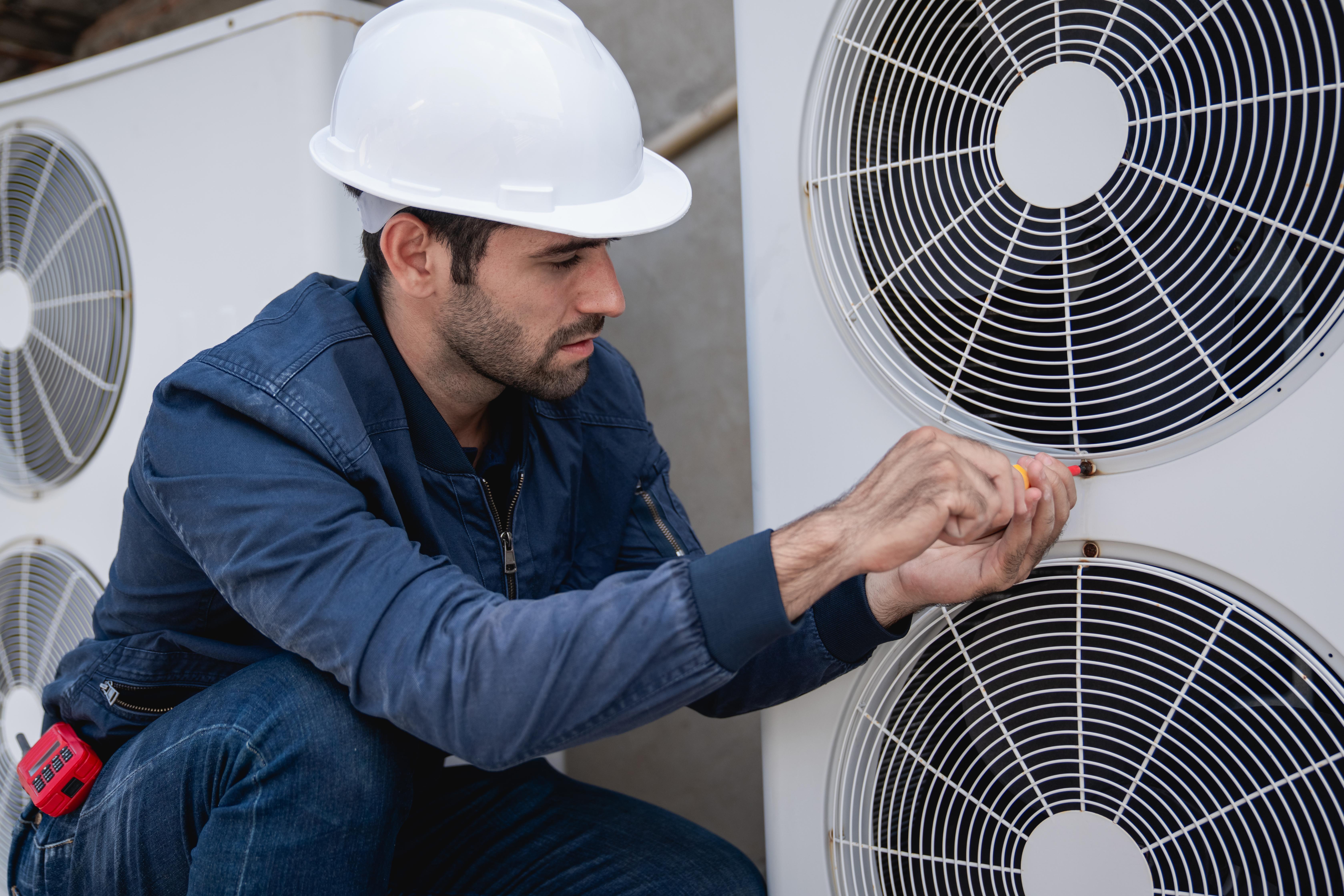
Air vents play a crucial role in your home's energy efficiency, yet many homeowners are unaware of how their condition can affect utility bills. Blocked or dirty vents force HVAC systems to work harder, leading to increased energy consumption and higher costs. Ensuring vents are clean and unobstructed can enhance airflow, improve system efficiency, and ultimately reduce energy expenses. Additionally, investing in high-quality, energy-efficient vent materials can contribute to long-term savings. Recognizing the connection between air vent maintenance and energy efficiency can empower homeowners to make informed decisions about their HVAC systems.
5. Airflow Imbalance: The Comfort Disruptor
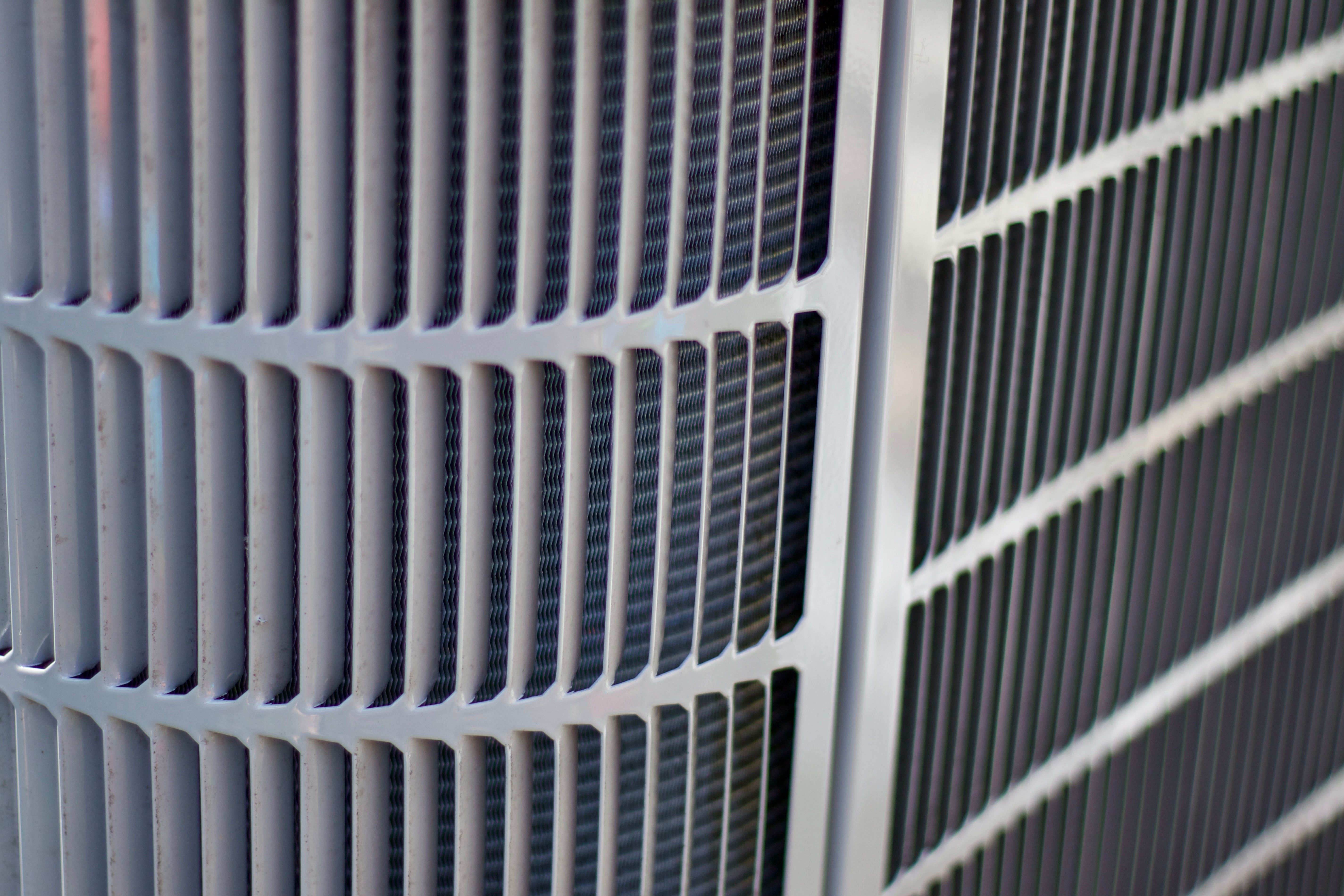
An often-overlooked aspect of air vent maintenance is the balance of airflow throughout a home. Improperly balanced airflow can lead to uneven temperatures, with some rooms feeling too hot while others remain uncomfortably cold. This imbalance is often due to obstructions in the ductwork or improperly sized vents. Addressing these issues can enhance comfort and improve the overall efficiency of your HVAC system. By conducting regular inspections and adjustments, homeowners can ensure that each room receives the appropriate amount of airflow, creating a more comfortable and consistent living environment.
6. Structural Integrity: The Overlooked Concern
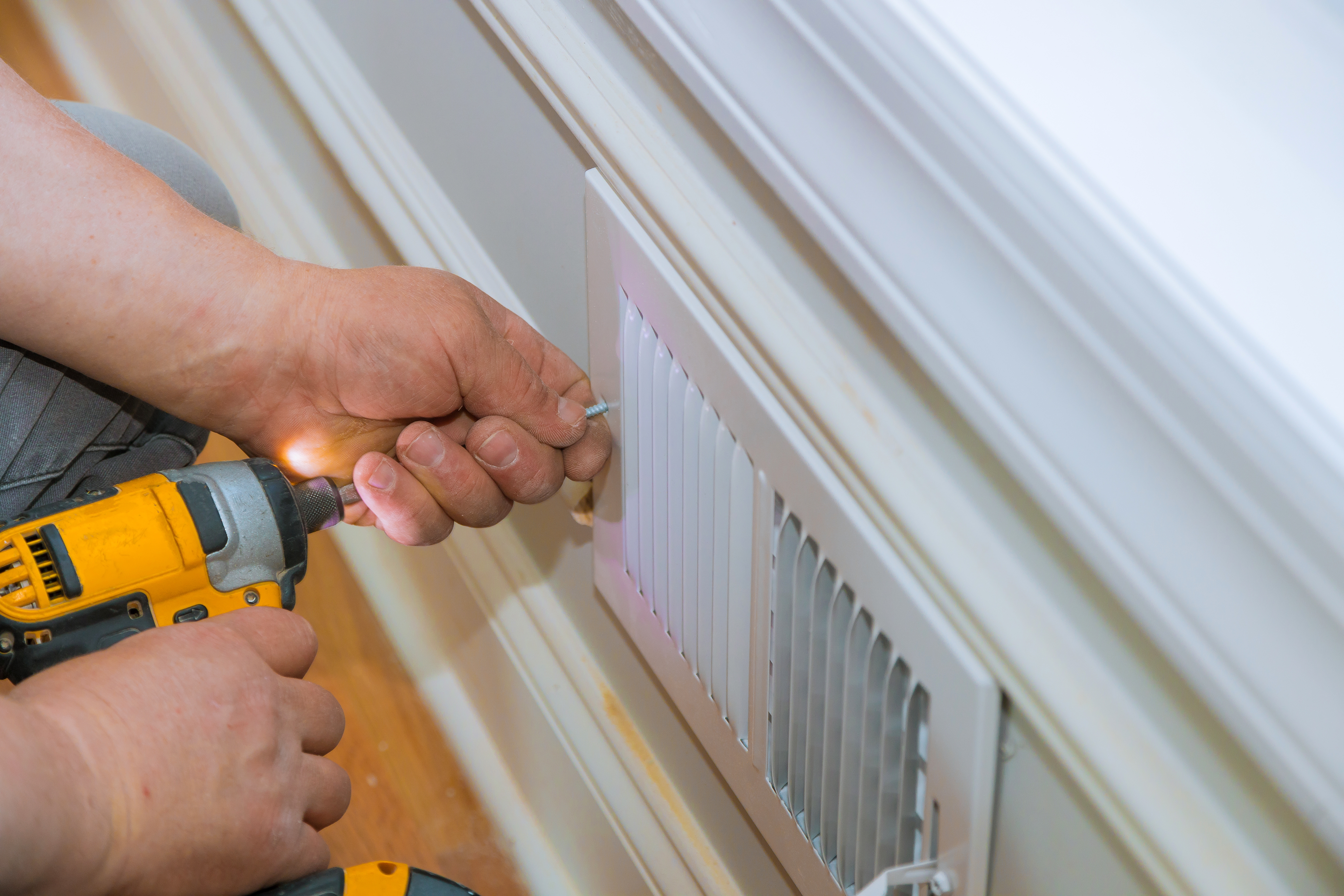
The structural integrity of your air vents is a critical yet often neglected aspect of home maintenance. Over time, wear and tear, as well as external factors like shifting foundations or renovations, can compromise ductwork. This can lead to air leaks, reducing system efficiency and increasing energy costs. Regular inspections can identify potential issues before they escalate, allowing for timely repairs or replacements. Understanding the importance of maintaining the structural integrity of your air vents can prevent costly damage and ensure your HVAC system operates at peak performance.
7. Noise Pollution: The Undesirable Echo

Air vents can sometimes become sources of unwanted noise, disrupting the peace and tranquility of your home. Rattling, whistling, or banging sounds often indicate underlying issues such as loose components, airflow obstructions, or improperly sized ductwork. These noises not only cause discomfort but can also signal inefficiencies in the system. Addressing the root causes of noise pollution can restore harmony to your living space and improve overall system performance. By paying attention to the sounds emanating from your vents, homeowners can identify and rectify problems before they escalate.
8. Indoor Air Quality: The Invisible Indicator

Indoor air quality is a critical component of a healthy home environment, and air vents play a pivotal role in maintaining it. Pollutants such as volatile organic compounds (VOCs), dust, and allergens can circulate through the ductwork, impacting the air you breathe. Regular cleaning and maintenance of vents can significantly improve air quality, reducing the risk of health issues. Additionally, incorporating air purifiers or filters can further enhance the quality of indoor air. Understanding the connection between air vents and indoor air quality empowers homeowners to create healthier living spaces for themselves and their families.
9. Fire Hazards: The Overlooked Threat

While air vents are essential for circulating air, they can also pose a fire hazard if not properly maintained. Accumulated dust, debris, and lint in the ductwork can become highly flammable, especially when exposed to heat from HVAC systems. Regular cleaning and inspections can mitigate this risk, ensuring that vents remain free of combustible materials. Additionally, ensuring that electrical components near vents are in good condition can further reduce fire hazards. By recognizing the potential fire risks associated with air vents, homeowners can take proactive steps to protect their homes and loved ones.
10. Vent Design: The Aesthetic Element
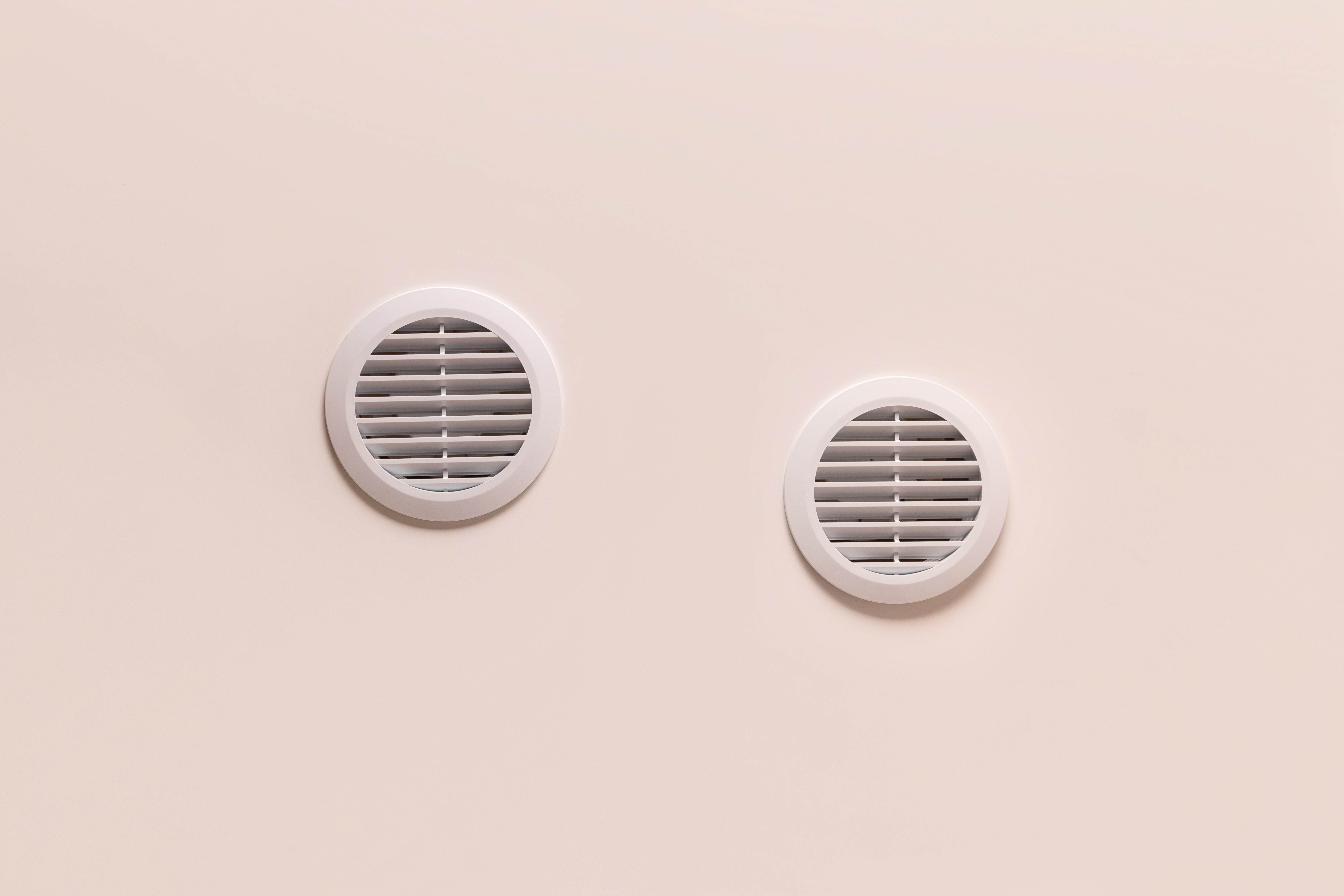
Beyond their functional roles, air vents also contribute to the aesthetic appeal of a home. The design and placement of vents can complement or detract from the overall interior design. Choosing the right style, material, and finish can enhance the visual harmony of a space. Additionally, strategically placing vents can improve both airflow and aesthetic appeal. By considering the design aspects of air vents, homeowners can achieve a balance between functionality and style, creating a more cohesive and visually pleasing living environment.
Embracing the Secrets for a Better Home
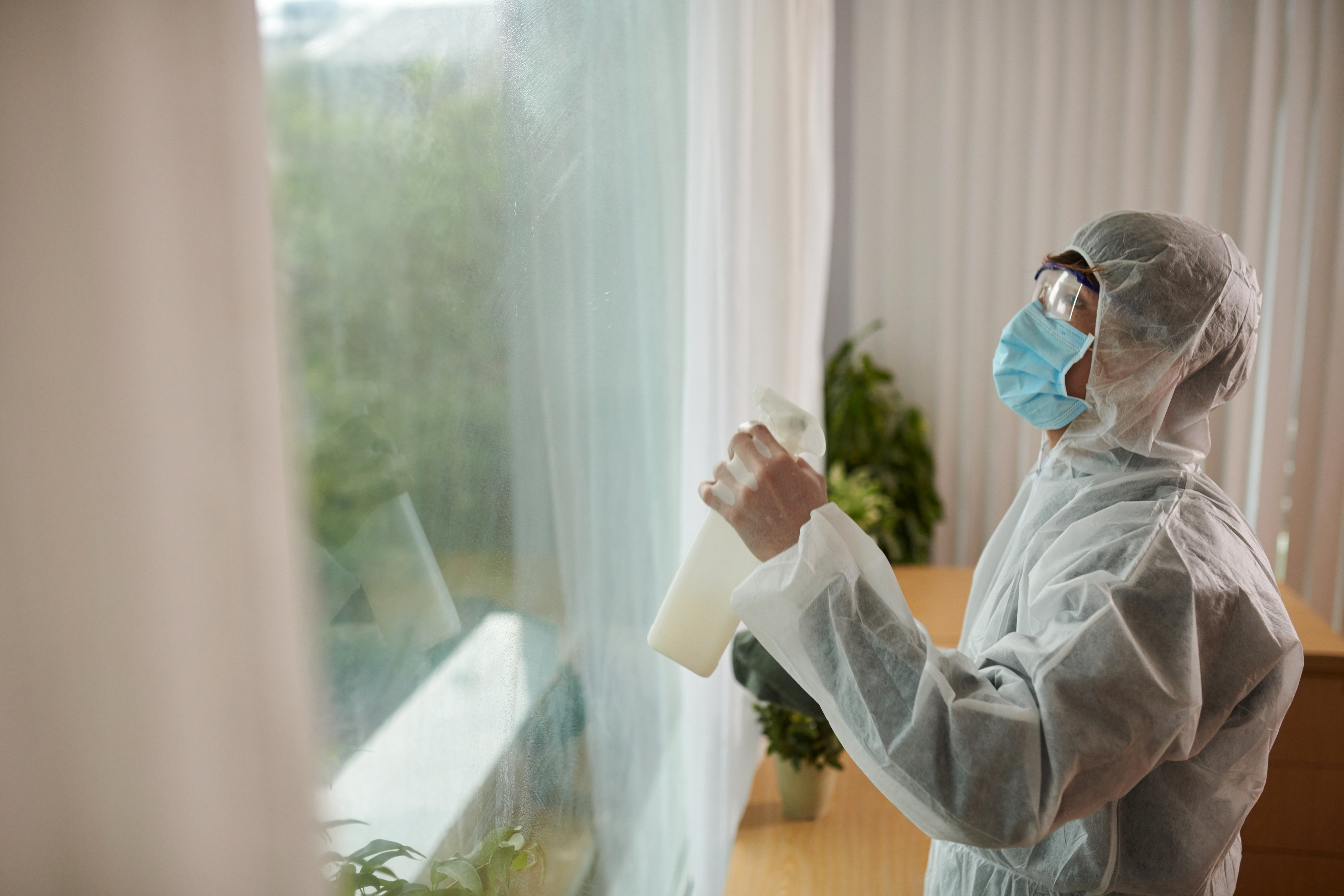
As we have uncovered, the secrets hidden within your air vents hold significant implications for your home's health, efficiency, and comfort. By addressing issues such as dust accumulation, mold growth, pest infestations, and energy inefficiency, homeowners can create a safer, more comfortable, and cost-effective living space. Regular maintenance, informed decision-making, and attention to detail can transform these often-overlooked components into vital contributors to your home's well-being. Embrace the knowledge of these secrets, and take proactive steps to ensure your air vents enhance rather than hinder your living environment.